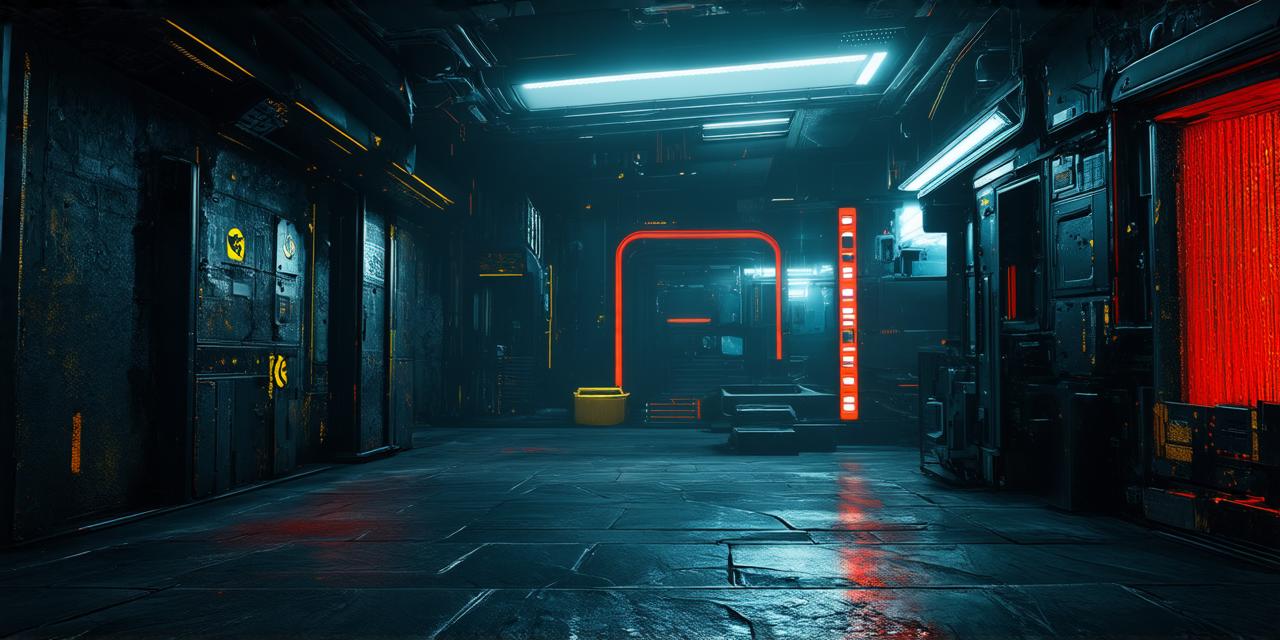What is VR CTO?
VR CTO stands for “Virtual Reality Chief Technology Officer”. This role combines the technical expertise of a CTO with the creativity and innovation of a game designer. A VR CTO is responsible for designing, developing, and implementing VR experiences that are both technically sound and engaging to users.
Why Use VR for Undead Development?
There are several reasons why VR can be used for undead development:
- Immersive Experience: VR technology provides a fully immersive experience that allows users to feel as though they are truly part of the undead world. This can create a sense of fear and dread that is difficult to replicate in traditional media.
- Realistic Simulation: VR can provide a realistic simulation of the undead behavior, such as the slow movement and decay of the flesh. This can help users understand and empathize with the experience of being undead.
- Interactivity: VR experiences can be highly interactive, allowing users to explore and interact with the virtual world in ways that are not possible with traditional media.
- Customization: With VR, developers can customize the experience to suit the needs of different users. For example, users can adjust the level of difficulty or choose different types of undead creatures to encounter.
Case Studies in Undead Development with VR
There are several case studies that demonstrate the potential of VR for undead development:
- “Undead Tycoon”: This is a VR game that allows players to manage an undead business, hiring and managing undead employees to keep their company running. The game has received positive reviews for its immersive experience and realistic simulation of the undead behavior.
- “The Undead Experience”: This is a VR experience that simulates the sensation of being undead, complete with decaying flesh and slow movement. The experience has been praised for its ability to create a sense of fear and dread in users.
- “Zombie Run”: This is a VR game that allows players to run through a virtual city filled with zombies. The game has been praised for its high level of interaction and customization, allowing users to choose different types of undead creatures to encounter.
Optimizing VR for Undead Development
To optimize VR for undead development, there are several key factors that need to be considered:
- Movement: The movement of the undead character needs to be realistic and slow, reflecting the decaying flesh and slow movement of the undead. This can be achieved through the use of motion capture technology and careful attention to animation.
- Sound: Sound is an important component of VR experiences, and it can be used to create a sense of fear and dread in users. The sound of shuffling feet, guttural growls, and other undead noises can help create an immersive experience.
- Interaction: VR experiences should be highly interactive, allowing users to explore and interact with the virtual world in ways that are not possible with traditional media. This can be achieved through the use of hand tracking and other input devices.
- Customization: With VR, developers can customize the experience to suit the needs of different users. For example, users can adjust the level of difficulty or choose different types of undead creatures to encounter.
- Comfort and Accessibility: VR experiences should be designed with user comfort and accessibility in mind. This includes considering factors such as motion sickness, eye strain, and physical limitations.
Conclusion
Virtual reality technology has the potential to revolutionize the way we experience the world, and undead development is no exception. By optimizing VR for
